-
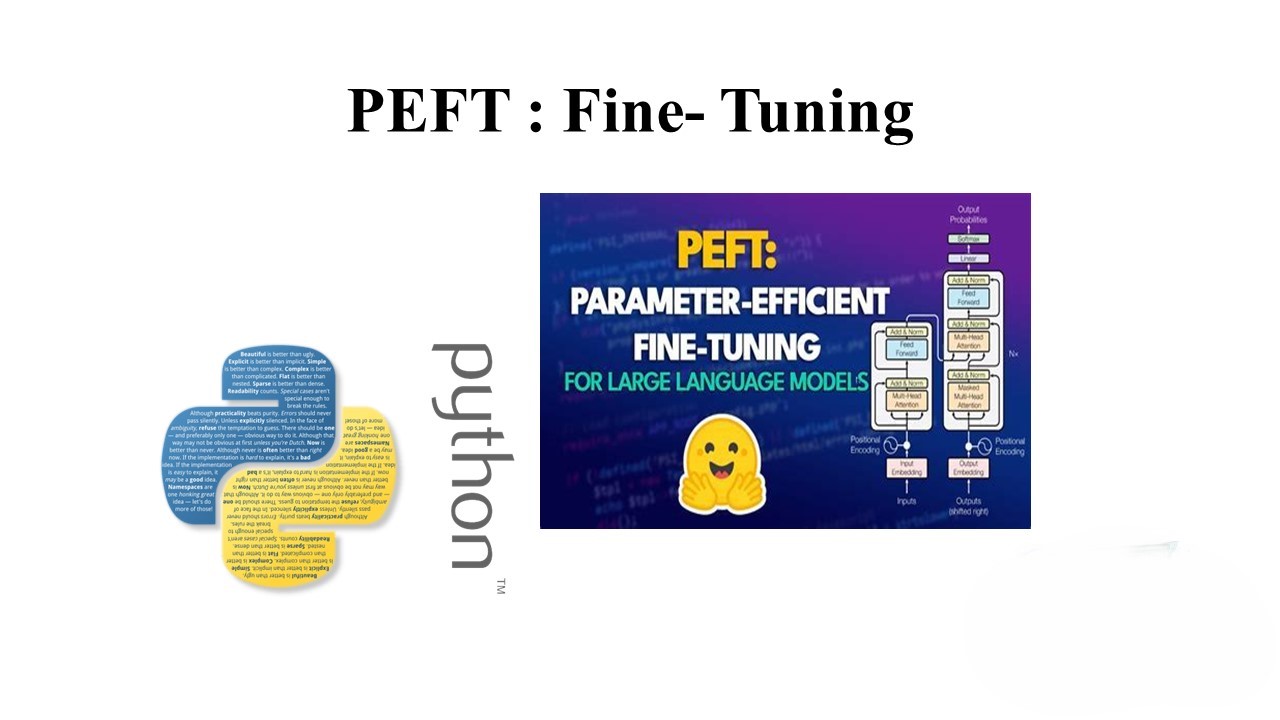
Parameter-Efficient Fine-Tuning of Large Language Models with Hugging Face’s PEFT Library
Introduction: Large Language Models (LLMs) like GPT, T5, and BERT have shown remarkable performance in NLP tasks. However, fine-tuning these models on downstream tasks can be computationally expensive. Parameter-Efficient Fine-Tuning (PEFT) approaches aim to address this challenge by fine-tuning only a small number of parameters while freezing most of the pretrained model. In this blog…
-
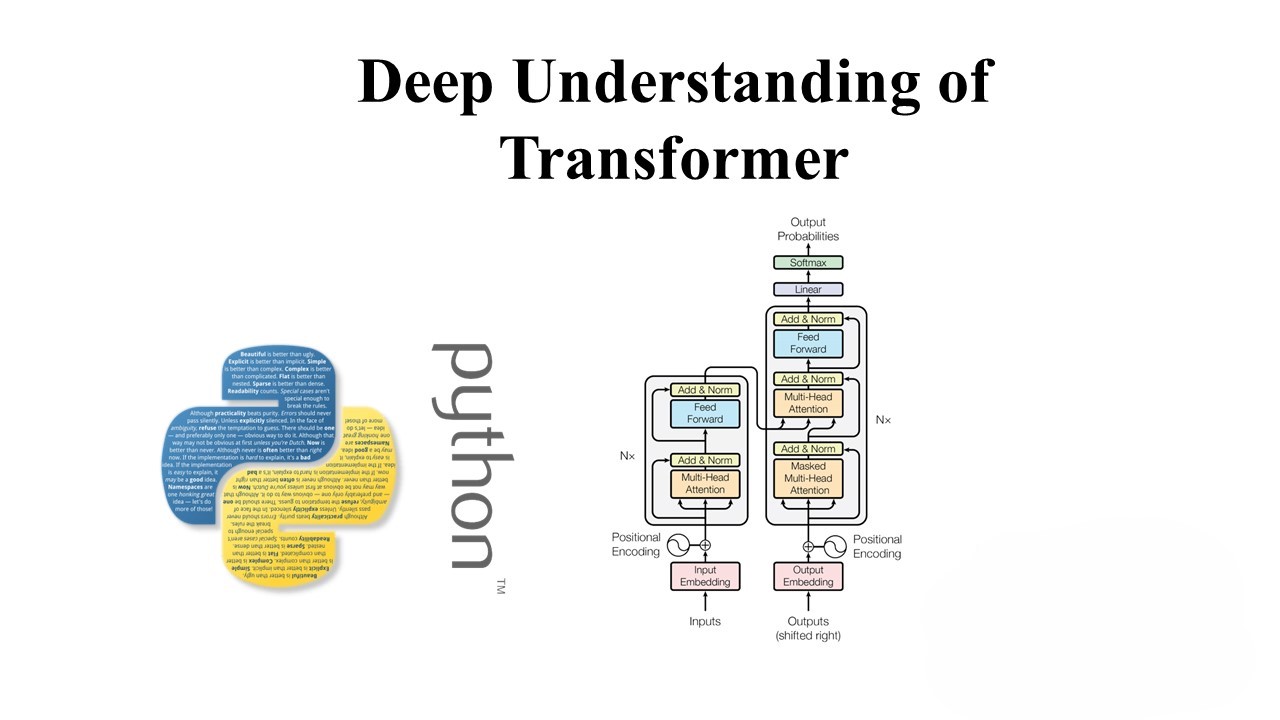
A Deep Dive into Transformers and its Function
Introduction: In recent years, Generative AI has witnessed a paradigm shift with the introduction of transformer models. These models, characterized by their attention mechanisms, have revolutionized natural language processing (NLP) and other generative tasks. In this blog post, we’ll explore the transformer architecture, its applications in NLP, and its extension to other creative domains. Understanding…
-
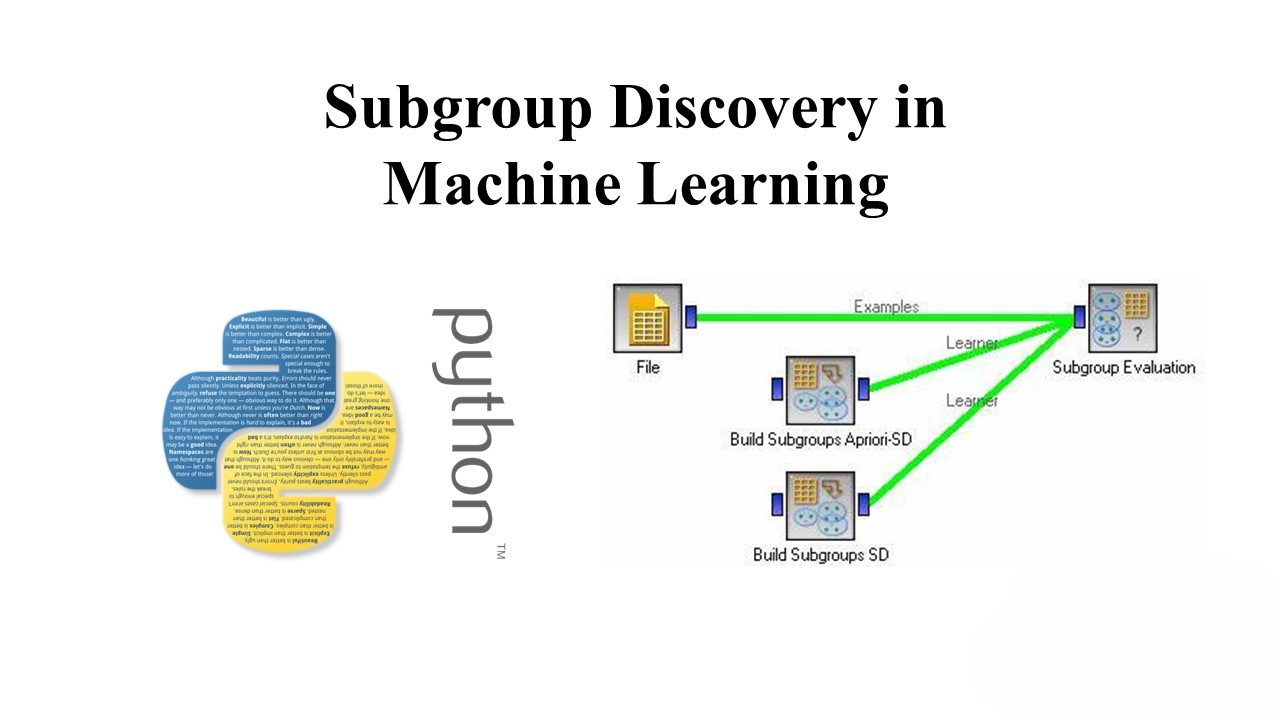
A Guide to Subgroup Discovery in Machine Learning
In the vast landscape of machine learning, uncovering hidden patterns in data is often the key to unlocking valuable insights. One powerful technique for achieving this is subgroup discovery, a method that focuses on identifying subsets of data that exhibit unique or interesting behavior. In this blog post, we’ll explore the concept of subgroup discovery…
-
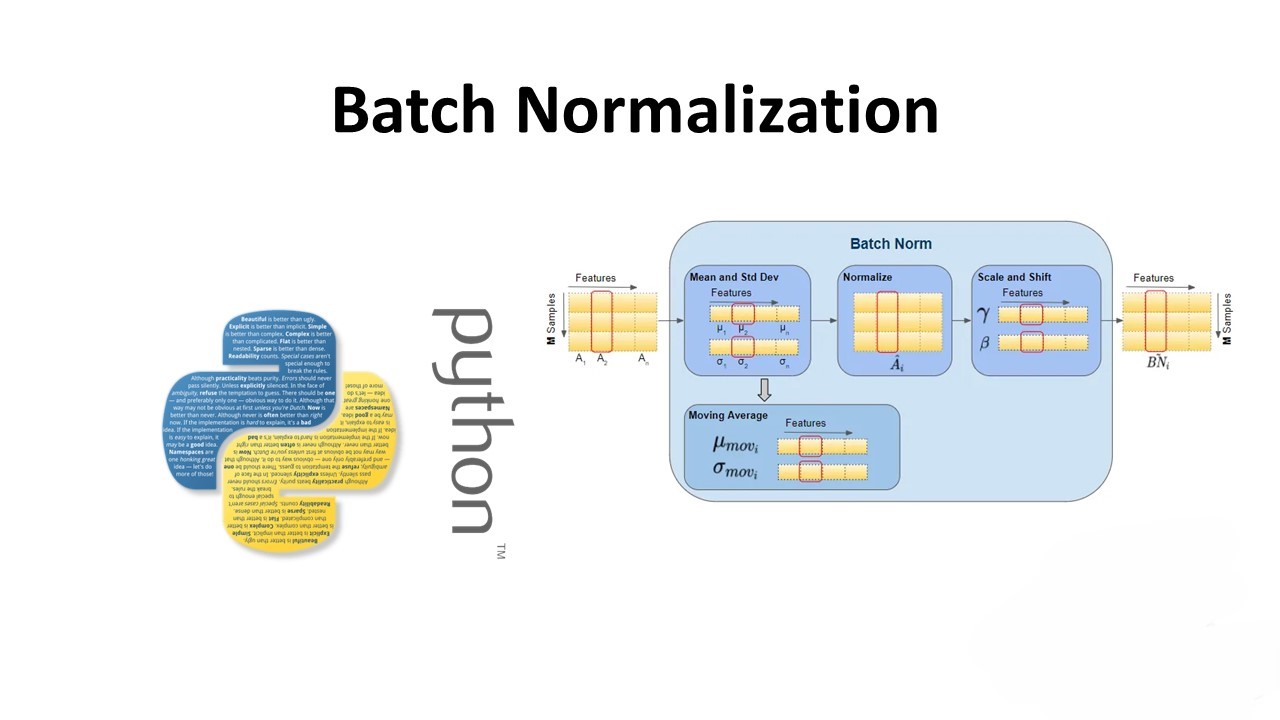
Optimizing Deep Learning: A Comprehensive Guide to Batch Normalization
Batch Normalization (BN) is a technique used in deep learning to improve the training of deep neural networks by reducing the internal covariate shift problem. This problem occurs when the distribution of the inputs to each layer of the network changes during training, making it difficult to train the network effectively. BN addresses this issue…
-
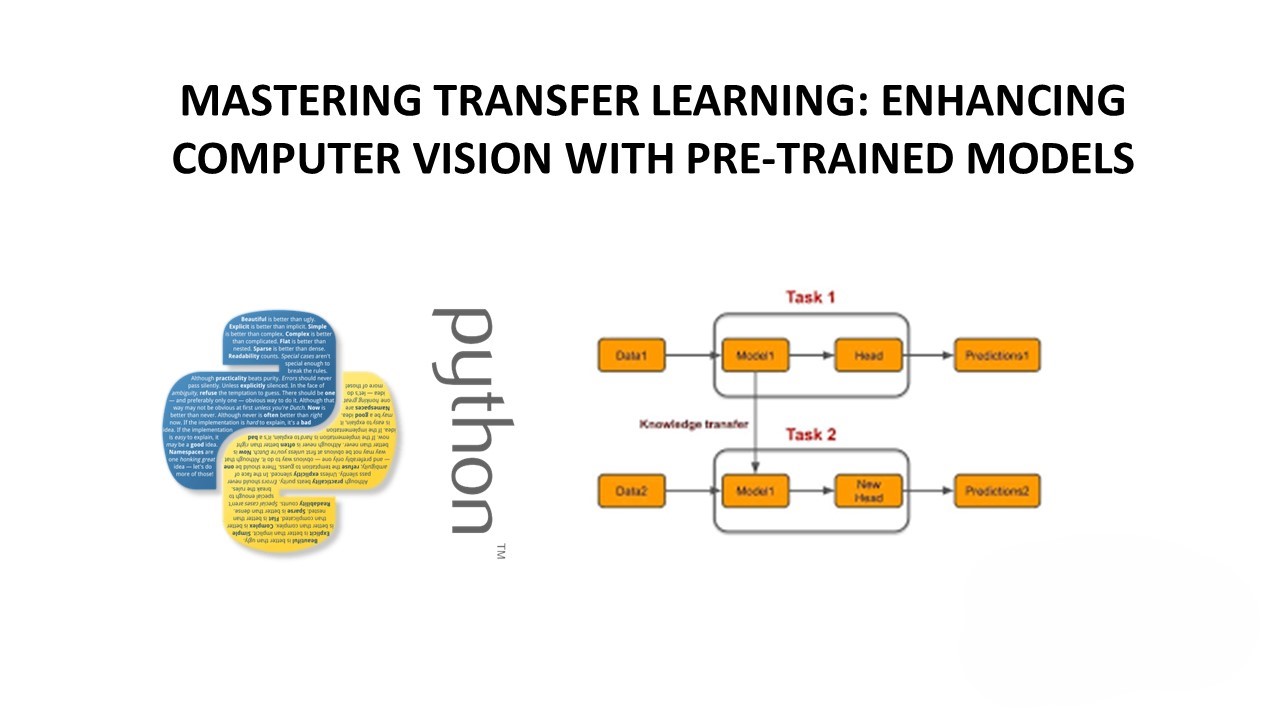
Mastering Transfer Learning: Enhancing Computer Vision with Pre-Trained Models
Transfer learning is a powerful technique in the field of deep learning, especially in computer vision, where it allows us to leverage pre-trained models to solve new tasks with limited data. In this blog post, we’ll explore transfer learning in the context of computer vision and demonstrate how it can be implemented using Python and…
-
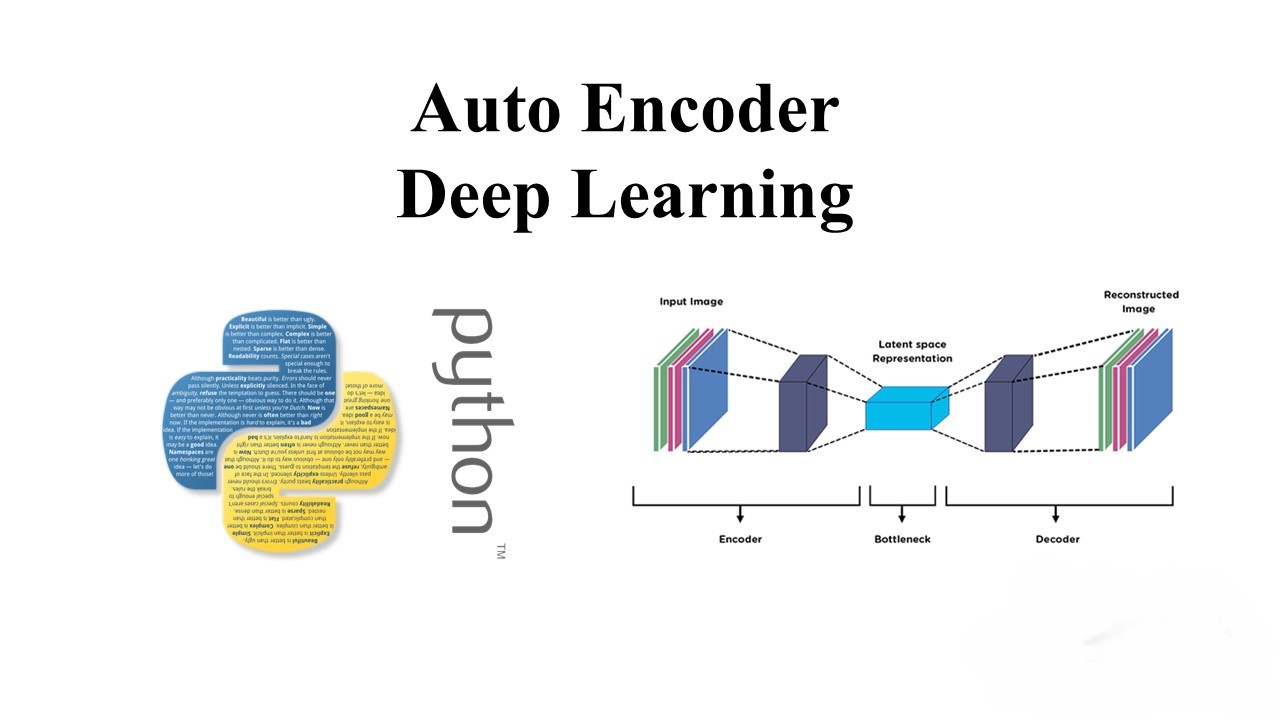
Unlocking the Potential of Autoencoders: A Deep Dive
In the realm of unsupervised learning, autoencoders stand out as powerful tools for data representation and feature learning. These neural networks are adept at capturing complex patterns in data, making them invaluable for tasks like dimensionality reduction, anomaly detection, and data denoising. Let’s delve into the inner workings of autoencoders and explore their practical applications.…
-
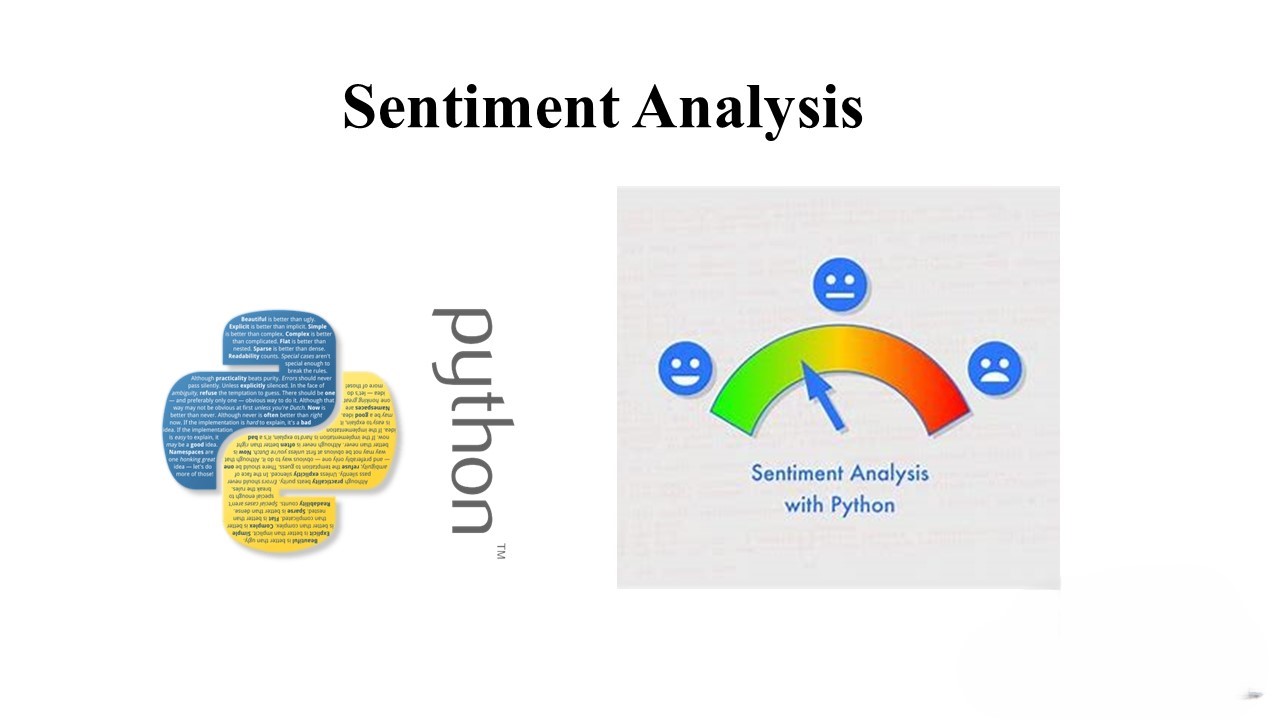
Sentiment Analysis: Unveiling the Power of Text Analysis
In the era of big data, understanding customer sentiment is crucial for businesses to make informed decisions. Sentiment analysis, also known as opinion mining, is a powerful technique that helps businesses extract valuable insights from text data. Whether it’s understanding customer feedback, monitoring social media chatter, or analyzing product reviews, sentiment analysis can provide invaluable…
-
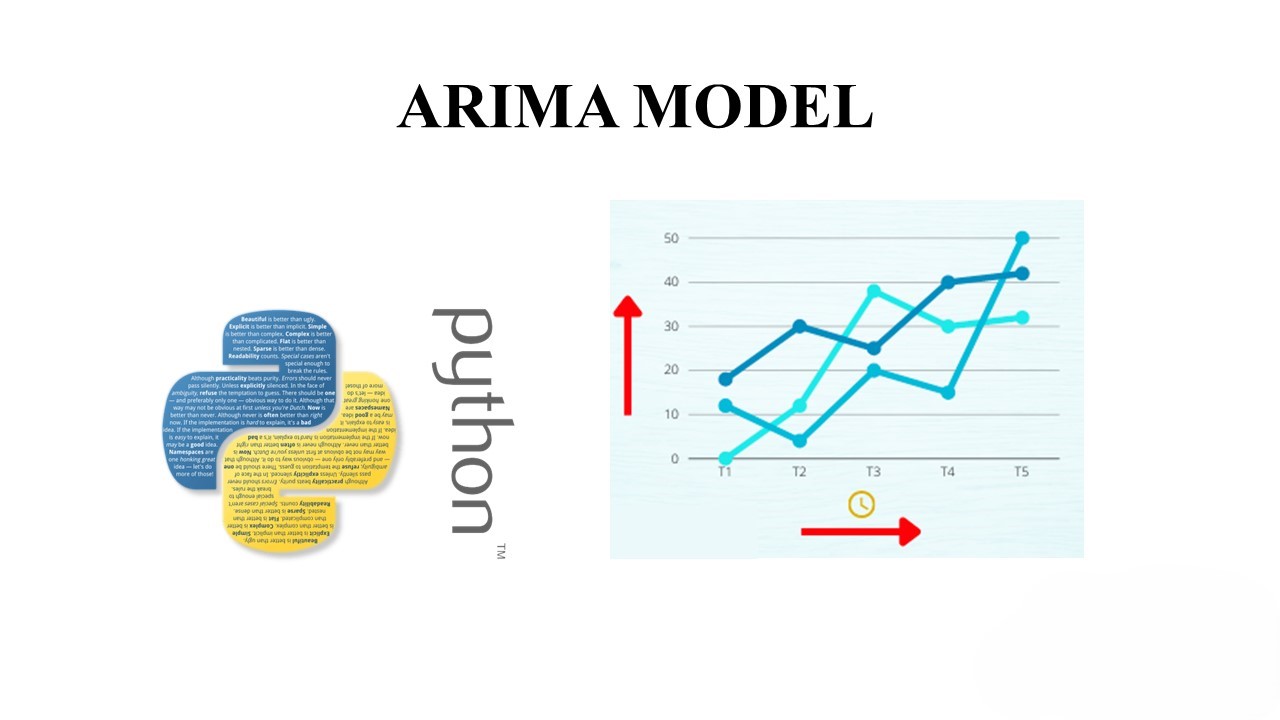
Exploring the Statistical Foundations of ARIMA Models
By Kishore Kumar K In the realm of time series analysis, ARIMA (AutoRegressive Integrated Moving Average) models stand out as a powerful tool for forecasting. Understanding the statistical concepts behind ARIMA can greatly enhance your ability to leverage this model effectively. AutoRegressive (AR) Component: The AR part of ARIMA signifies that the evolving variable of…
-
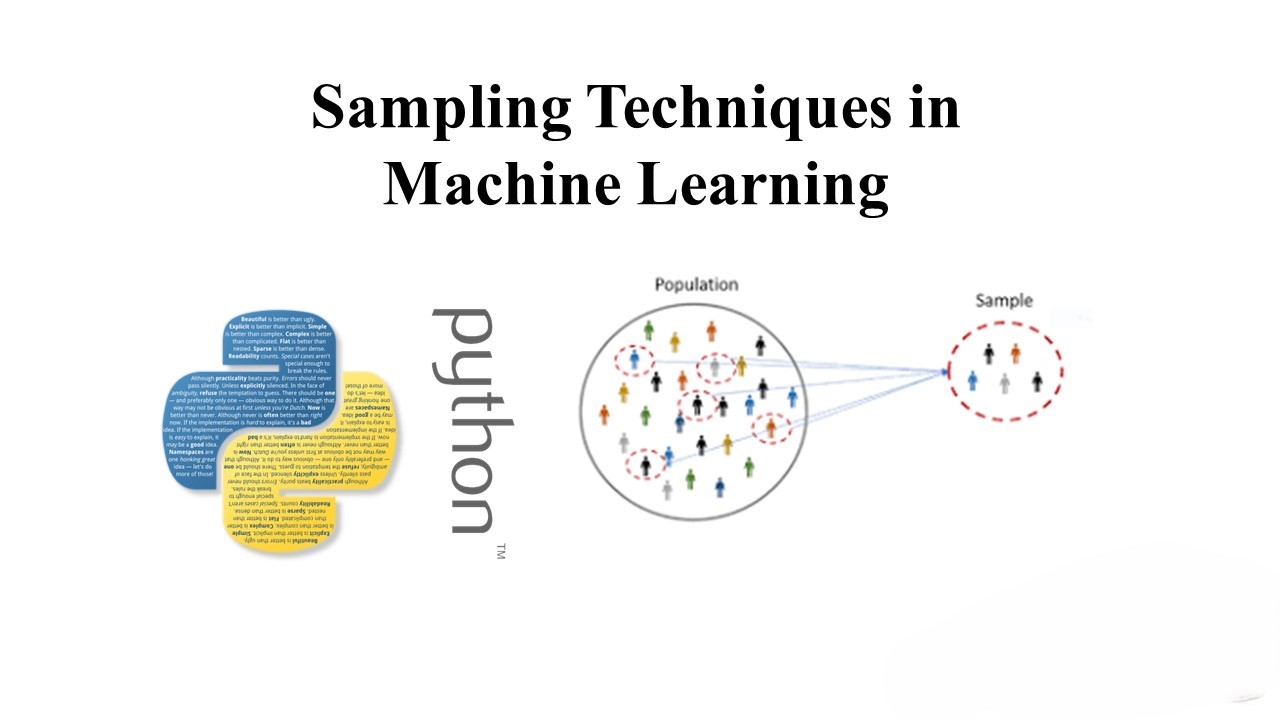
A Visual Guide To Sampling Techniques in Machine Learning
When working with large datasets, it’s often impractical to train machine learning models on the entire dataset. Instead, we opt to work with smaller, representative samples. However, the way we sample can significantly impact the performance and accuracy of our models. Let’s explore some commonly used sampling techniques: 🔹 Simple Random Sampling: Each data point…
-
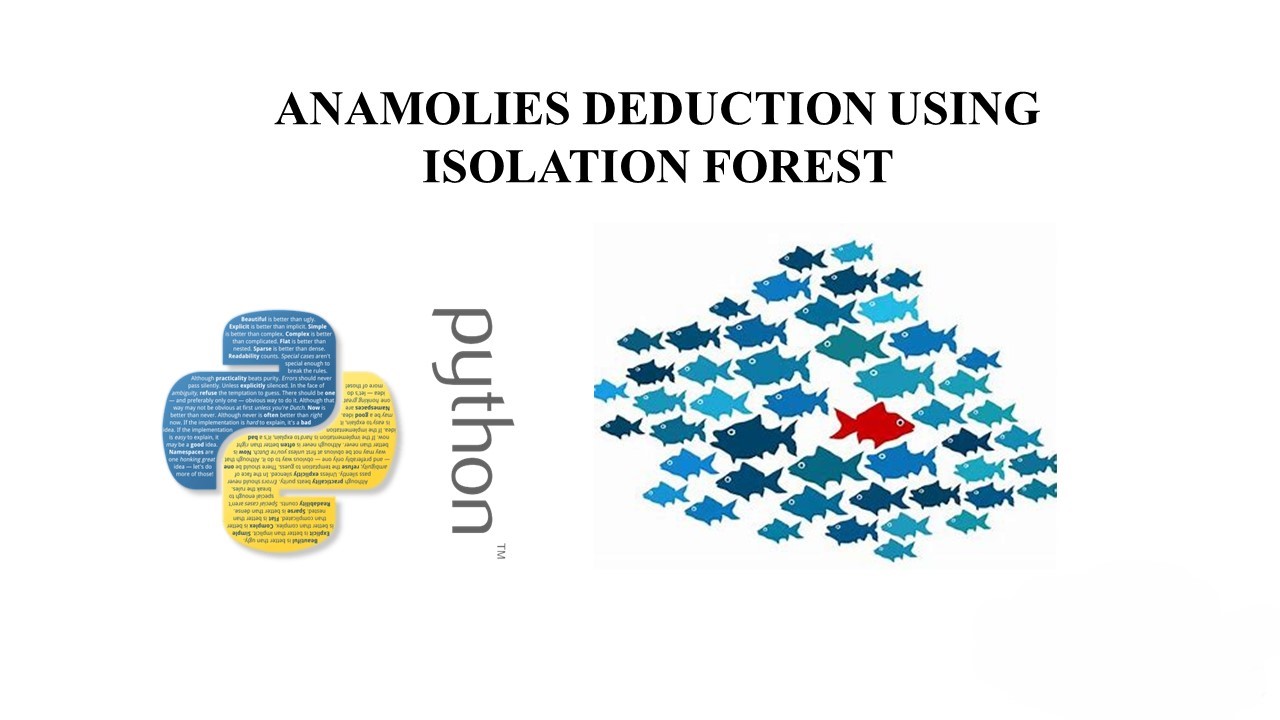
Unlocking Anomaly Detection: Exploring Isolation Forests
In the vast landscape of machine learning, anomaly detection stands out as a critical application with wide-ranging implications. One powerful tool in this domain is the Isolation Forest algorithm, known for its efficiency and effectiveness in identifying outliers in data. Let’s delve into the fascinating world of Isolation Forests and their role in anomaly detection.…
